Capture the Details
Get to know your environment up close with macro photography. With a DSLR camera or a smartphone, you can create visually stunning images and discover the beauty in the seemingly ordinary things in the world around you. Professional photographer Meredith Mashburn helps you get started seeing the world through a different lens.
By Meredith Mashburn
Getting started in macro photography is as easy as looking at the world around you…just a little closer. Bugs and flowers make amazing subjects for macro photography, but don't stop there. While exploring your subject matter, be sure to change your point of view. Try a bird's eye point of view or a bug's eye point of view. Really look at your subject from every angle. Once you learn to look at your environment differently, you will be ready to capture amazing macro photography.
Once you learn to look at your environment differently, you will be ready to capture amazing macro photography.
There are a couple of things you should keep in mind when working with macro photography and a DSLR. First, the depth of field is usually very shallow. Meaning that only a little bit of your image will be in focus. So try to angle your camera parallel to the main subject you wish to be in focus.
Secondly, the closer you get to your subject the shallower your depth of field will 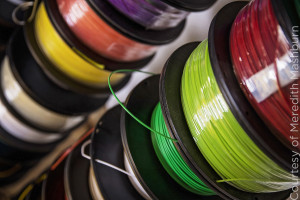 be.When using a camera with a macro lens you may want to close down your aperture to provide a deeper depth of field. Shooting with more light will give you more latitude to adjust your aperture, shutter speed and ISO. Using a low ISO to preserve a crisp image, you will have to slow down your shutter speed to expose a macro image correctly.
be.When using a camera with a macro lens you may want to close down your aperture to provide a deeper depth of field. Shooting with more light will give you more latitude to adjust your aperture, shutter speed and ISO. Using a low ISO to preserve a crisp image, you will have to slow down your shutter speed to expose a macro image correctly.
I recommend using a tripod if your shutter speed is slower than 1/60. Even if you are handholding your camera above 1/60 you will need to brace yourself for the shot. Any camera shake will be detected in the Macro image. Don't be afraid to experiment with super-selective focus. You can come up with some very interesting abstractions in doing so.
Don't be afraid to experiment with super-selective focus. You can come up with some very interesting abstractions in doing so.
I always shoot in manual mode in order to adjust the aperture and shutter speed quickly when experimenting with macro photography. To help with camera shake and focus, I also use burst mode on my camera. Shooting many images in quick succession, while manipulating my focus, gives me a greater chance of capturing that perfect shot.
Ideally, you have a macro lens for your camera, but they can be expensive. An alternative is to use a teleconverter to increase the magnification of your lens.
Even if you do not have a DSLR, you can take macro photography with your 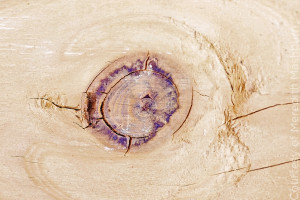 smartphone. Macro lenses are also sold specifically to use with your smartphone. The tips for smartphone macro photography are very similar to the DSLR tips.
smartphone. Macro lenses are also sold specifically to use with your smartphone. The tips for smartphone macro photography are very similar to the DSLR tips.
First be sure you have plenty of light, or your images will look blurry and washed out. Second, don't get too close as your phone will have a fixed focal length of 29mm without a macro attachment. This means you can only get so close to a subject before it gets blurry. This will take a little practice to make perfect. Experiment with the distance.
Most importantly have fun with it.
Most importantly have fun with it. I like to experiment by photographing reflections in water or a mirror to further abstract my macro photography. I have also tried shooting through a magnifying glass which led to very fun and interesting imagery. Macro photography can show you the beauty in the ordinary - try to pay close attention to color, texture and pattern as you explore your environment.
Take a closer at look your environment and you'll discover the tiny details that are often overlooked.


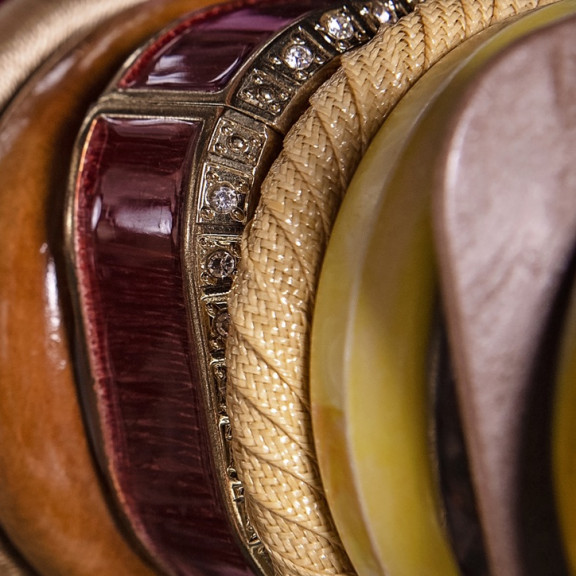
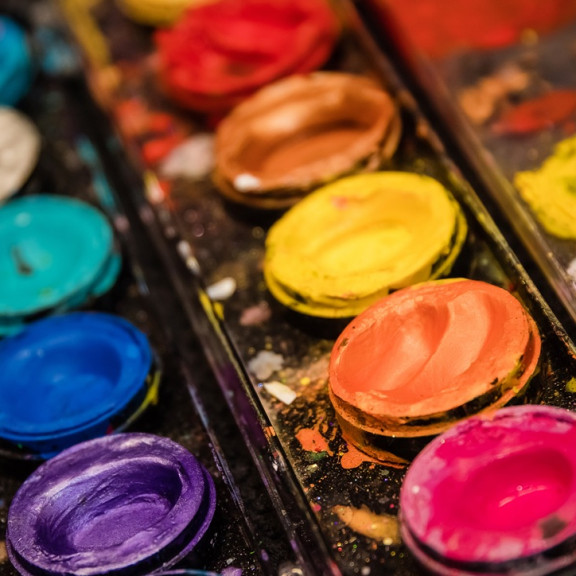
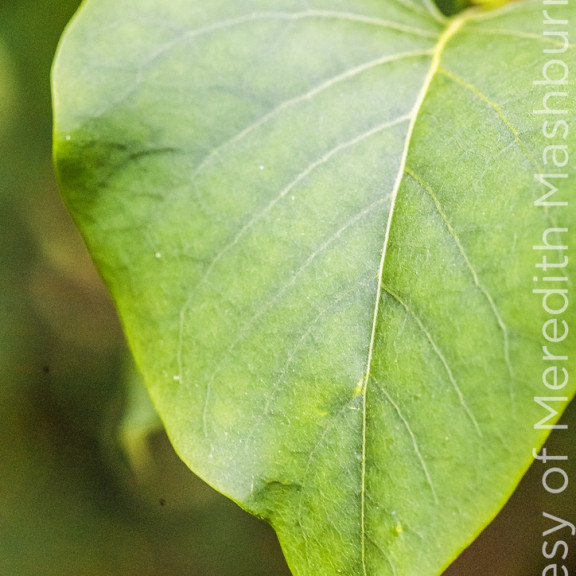
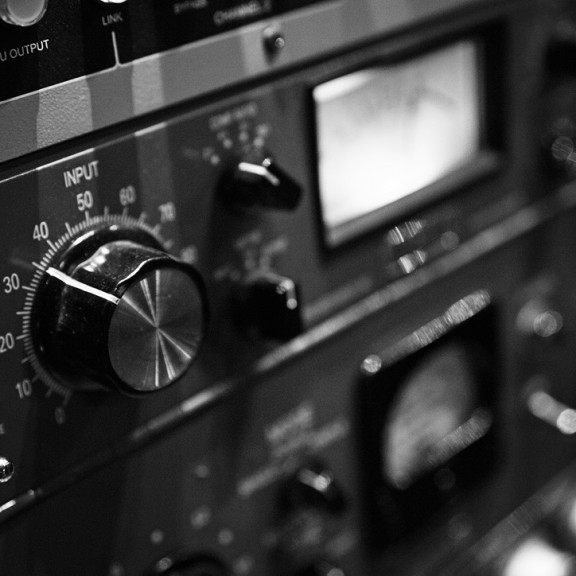
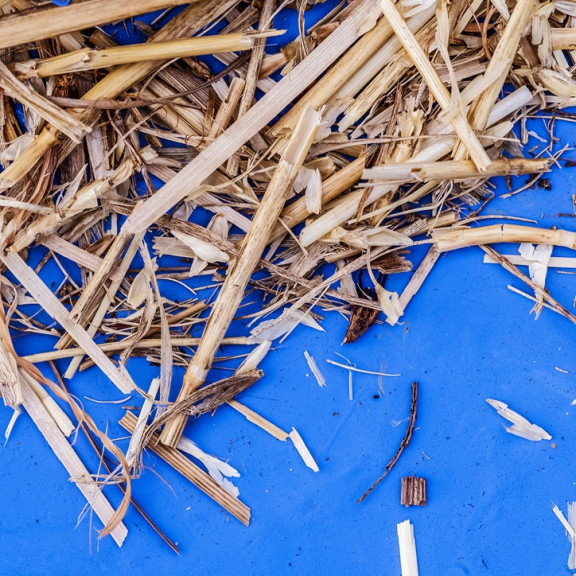
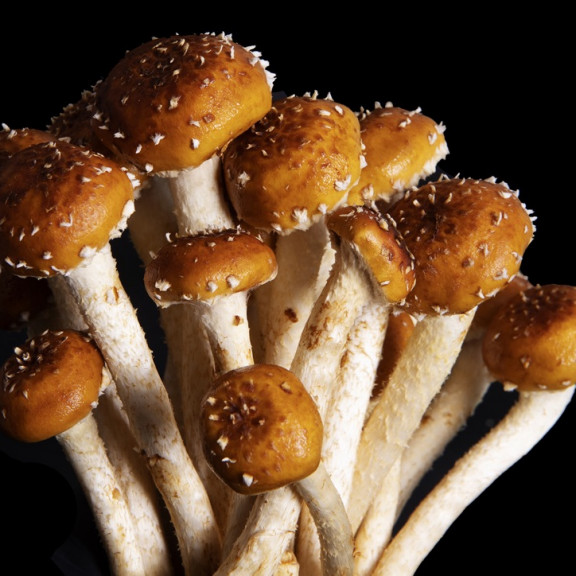
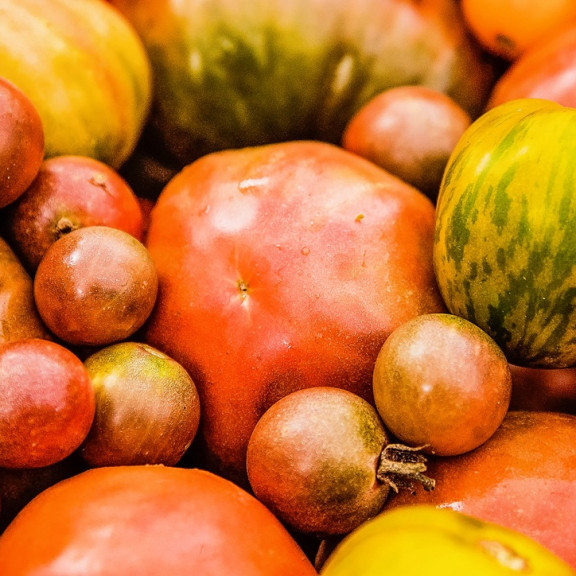
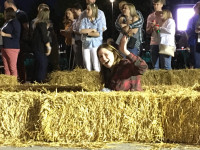 in a glass display case. She worked household chores all summer to earn the $125 to purchase the camera. A summer of work was worth every minute because the camera fueled her obsession with photography that eventually became her occupation. For more of Meredith's work visit her
in a glass display case. She worked household chores all summer to earn the $125 to purchase the camera. A summer of work was worth every minute because the camera fueled her obsession with photography that eventually became her occupation. For more of Meredith's work visit her 




